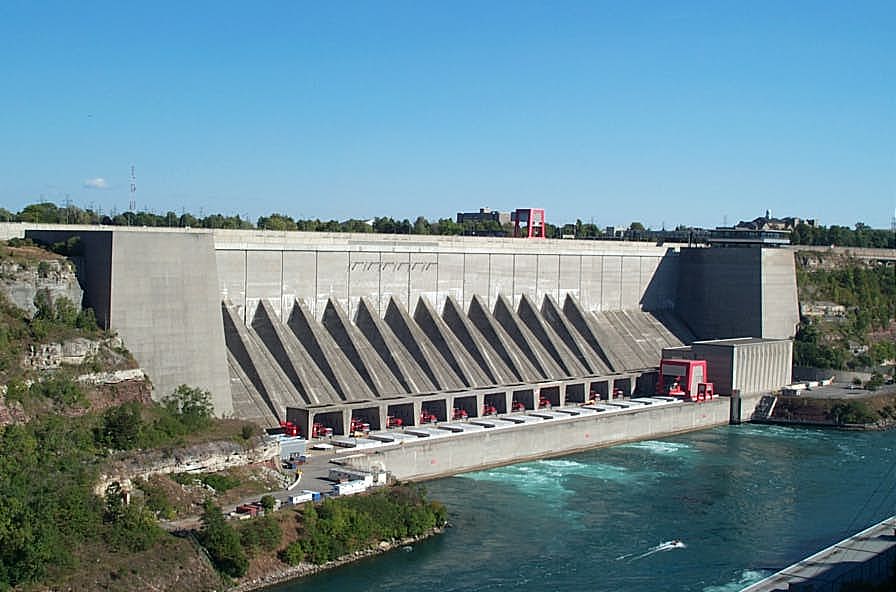Full modernization of Nurek HPP requires $700 million

By Kamila Aliyeva
The modernization of the Nurek hydro power plant (HPP) in Tajikistan, which will be carried out in two phases, will require 10 years and $700 million.
The cost of the first phase of the project is $350 million and these funds are allocated by international financial institutions.
In particular, the International Development Association (World Bank) allocated $225 million, the Asian Bank for Infrastructure Investments (ABIA) - $60 million. About $57 million of the total amount are grant funds. The implementation period for the first phase of the project is 5 years, Avesta reported.
The government of Tajikistan has attracted and spent 79 million for the modernization of the HPP, or, more precisely, for the reconstruction of the open switchgears (500-kV and 200-kV). However, other parts of the hydro power plant also need reconstruction, including hydroelectric generators.
In 2009, the turbine was modernized at Unit 3, which allowed increasing the generator's capacity from 150 MW to 335 MW. In 2013, the wheel was replaced and the turbines of the Unit 8 were modernized.
The capacity of the Nurek hydropower plant in Tajikistan, after its modernization, will reach 3,300 MW, or increase by 10 percent, according to the Ministry of Energy and Water Resources.
The Nurek HPP is the country and Central Asia’s largest hydropower facility providing over 70 percent of the total generation in Tajikistan. It is part of the Vakhsh cascade of hydropower plants. The plant’s installed capacity is 3,000 MW (eight 335 MW units and one 320 MW unit). It was commissioned in 1972; the latest unit was commissioned in 1979. At present, the plant is operating at 77 percent of its design capacity because of obsolete equipment and lack of maintenance. Therefore, the maximum capacity of the Nurek HPP in recent years has not exceeded 2,220 MW.
The storage volume of the reservoir is 10.5 cu km (the effective storage is 4.5 cu km); its surface area is 98 sq km and length about 70 km. The dam has 300 m in height (the world’s highest dam of this type until 2013). The average output exceeded 10,223 million kWh a year between 2014 and 2016.
Mountainous Tajikistan experiences frequent power blackouts. Previously, Central Asia had a unified energy system. It included 83 power plants with total capacity of 25,000 megawatts in the territory of Uzbekistan, Tajikistan, Kyrgyzstan, Turkmenistan and southern Kazakhstan.
In winter, Tajikistan and Kyrgyzstan accumulated water in reservoirs and received electricity and energy resources (coal and natural gas) from Kazakhstan, Turkmenistan and Uzbekistan. In summer, Tajikistan and Kyrgyzstan sent water to Uzbekistan and Kazakhstan for irrigation farming.
As much as 50 percent of the power generating capacity in the united power grid of Central Asia and Southern Kazakhstan was concentrated in Uzbekistan.
However, after Turkmenistan and Uzbekistan left the unified energy system of Central Asia in 2003 and 2009, respectively, the system ceased to function.
---
Kamila Aliyeva is AzerNews’ staff journalist, follow her on Twitter: @Kami_Aliyeva
Follow us on Twitter @AzerNewsAz
Here we are to serve you with news right now. It does not cost much, but worth your attention.
Choose to support open, independent, quality journalism and subscribe on a monthly basis.
By subscribing to our online newspaper, you can have full digital access to all news, analysis, and much more.
You can also follow AzerNEWS on Twitter @AzerNewsAz or Facebook @AzerNewsNewspaper
Thank you!
